2 Views
Volt Birth Watch 98: Slo-Mo Volt; How Symbolic is That?
by
Robert Farago
(IC: employee)
Published: September 22nd, 2008
Share
{
"id": "9493598",
"alt": "",
"title": "",
"video_link": "https://www.youtube.com/embed/dVk_j7dqcCY",
"youtube_video_id": "dVk_j7dqcCY"
}
{
"width": 634,
"height": 357,
"showRelated": true
}
Robert Farago
More by Robert Farago
Published September 22nd, 2008 6:58 AM



















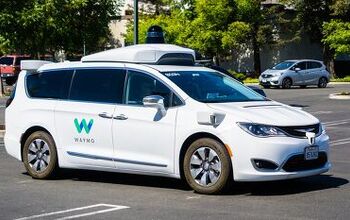

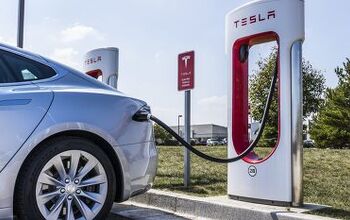


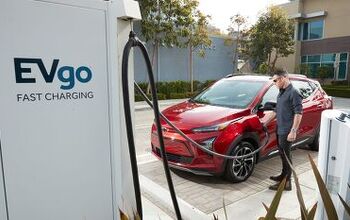


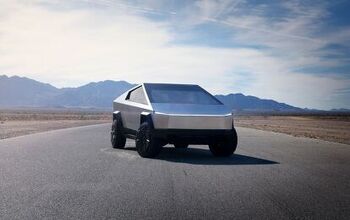



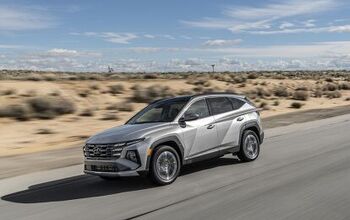

Comments
Join the conversation
Why is it going so slow? TOP FIVE REASONS: 5. You try hauling around seven thousand Ray-o-Vac 'D' cell batteries! 4. Fake digitized cars get better mileage at lower fake digitized speeds. 3. Exhausted interns can only push concept car up to jogging speed without hurting selves. 2. Too difficult to unspool half-mile-long extension cord at higher speeds. And the TOP REASON: 1. Tried to wind rubber bands tighter, but engineers kept getting fingers caught in them.
Functional spoilers on street cars are usually there to manage airflow to reduce drag, not to create downforce; even the wing of a Charger Daytona or Road Runner Superbird was hard-pressed to provide meaningful downforce at any vaguely legal speed.